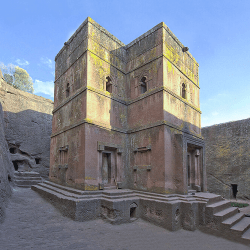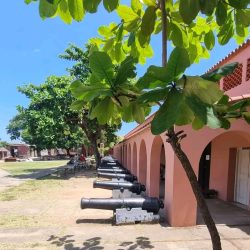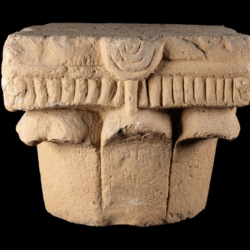Chittorgarh Fort is one of India’s most iconic and historically significant forts, representing Rajput valor, sacrifice, and architectural brilliance.
Chittorgarh Fort is a remarkable example of Rajput architecture and history, built more than 1,300 years ago. Carved from the rocky plateau and fortified with stone bricks, the fortress was designed to withstand long sieges. It boasts seven enormous gates, soaring walls, and an elaborate reservoir system that supplied water to its defenders. The fort’s history is filled with acts of bravery, particularly during the 1303 siege by Alauddin Khilji, when the residents opted for jauhar (mass self-immolation) and saka (a final charge by warriors) rather than surrendering. This iconic site symbolizes Rajput resilience, carrying stories of courage and sacrifice throughout the ages.
Here’s a deeper look at this magnificent fortress:
Historical Significance
- Chittorgarh Fort, built in the 7th century, served as the capital of the Mewar kingdom.
- It was the site of three major sieges: by Alauddin Khilji in 1303, Bahadur Shah of Gujarat in 1535, and Emperor Akbar in 1567.
- During these sieges, the Rajput women committed jauhar (self-immolation) to avoid capture, while the men performed saka (a final, sacrificial battle).
Architecture
- Sprawled across 700 acres, the fort sits atop a 180-meter-high hill, offering a strategic vantage point.
- It is protected by seven massive gates (pols), including Padan Pol, Bhairon Pol, and Ram Pol.
- The fort features palaces, temples, reservoirs, and towers, reflecting the grandeur of Rajput architecture.
Notable Structures
- Vijay Stambh (Tower of Victory): Built by Rana Kumbha in the 15th century, this 9-story tower commemorates Mewar’s victory over the Malwa Sultanate.
- Kirti Stambh (Tower of Fame): A Jain monument honoring the first Jain Tirthankara, Adinath.
- Rani Padmini’s Palace: The place where Alauddin Khilji is said to have glimpsed the reflection of Rani Padmini, leading to the siege.
- Meera Bai Temple: Dedicated to the Hindu saint-poet Meera Bai, a devotee of Lord Krishna.

Symbol of Rajput Valor
Chittorgarh remains a testament to the indomitable spirit of the Rajputs, drawing visitors from across the world to witness its historical and architectural grandeur.









